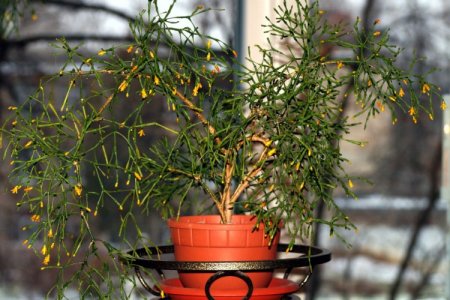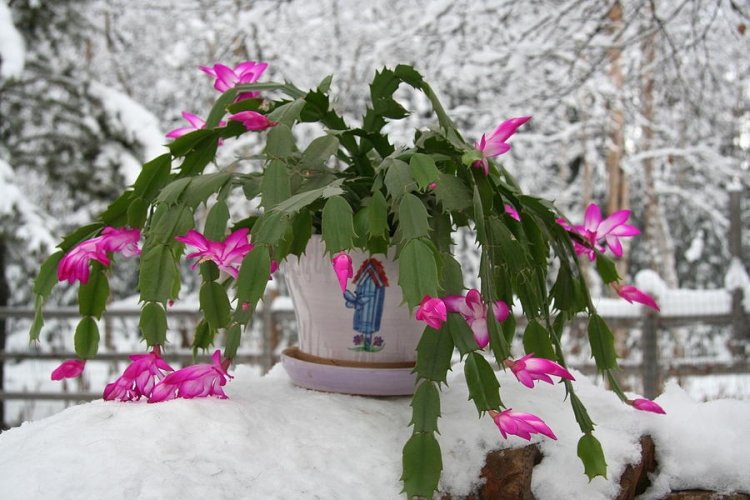
Many people know well the flower called the Decembrist from early childhood, because it was also grown by our mothers and grandmothers. It is unpretentious, showy and blooms for Christmas. It is also a real long-liver that can grow for decades!
general information
In fact, the Decembrist or Schlumbergera is an epiphytic cactus native to the Brazilian tropics. It grows on other trees and stores moisture and nutrients abundantly in its segmented stems. Another name for the Decembrist is zygocactus.
Unlike many epiphytes, the Decembrist is not a parasite. He simply clings to trees and hides in their shadows, but he gets food for himself on his own. The average length of the shoots is about 40 cm, and they consist of flat toothed or rounded links. From the existing segments, new ones gradually grow, and in winter, buds appear on the tips of the stems.
Most often, pink and red Decembrists are found, but breeders have already managed to bring out a greater variety of shades. The flowers are multi-tiered, fancy funnel-shaped, up to 8 cm and up to 30 petals each.
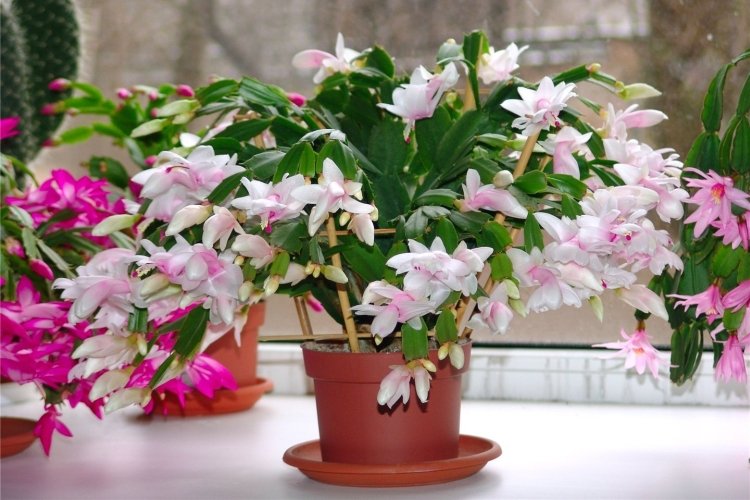
Types of the Decembrist
Most often, two specific types of Schlumberger are called the Decembrist. Truncated or chopped off – more compact, with light green shoots up to 40 cm.There are different shades of pink, purple and white. Schlumberger Buckley or Buckley is larger, up to 50 cm, and its shoots are darker. This is an ampelous view. Of the hybrid varieties, Lavender Doll, Windsor, Christmas Fantasy, Pasadena and Santa Cruz are especially interesting.
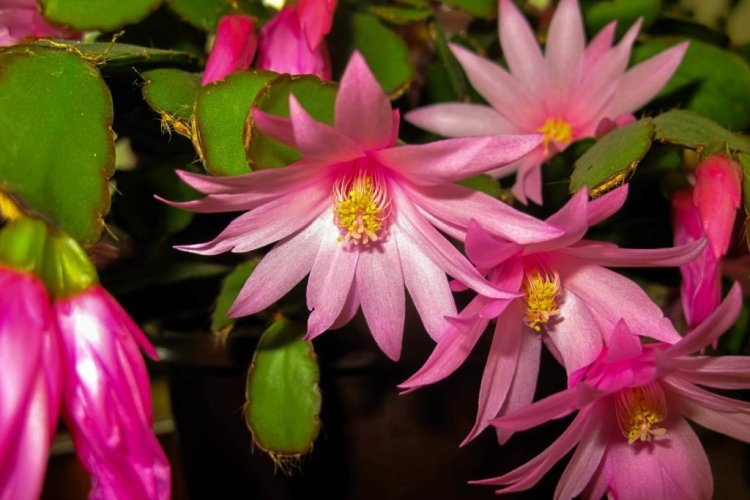
Hamedorea (50 photos): types, cultivation and care at home
Decembrist care
The Decembrist is completely undemanding, but still, for a lush and abundant flowering, you need to follow several recommendations. This is especially true for temperature and lighting.
Temperature
For the formation of buds, a temperature of 7 to 16 degrees is needed. After that, the optimal conditions are about 20-24 degrees during the day. At night, the temperature can be lowered again to 16, but not less. The frost resistance limit of most varieties is 2 degrees.
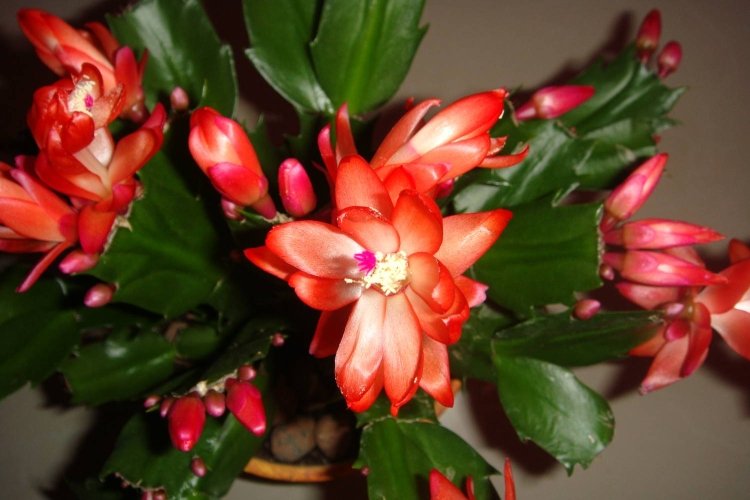
Lighting
For a Decembrist, a bright diffused light is needed for 8-12 hours a day. At the same time, during the formation of buds, the length of daylight hours is especially important. The rest of the time, the plant feels good in partial shade. Periodically, it can be deployed so that the Decembrist evenly bush, but not during flowering.
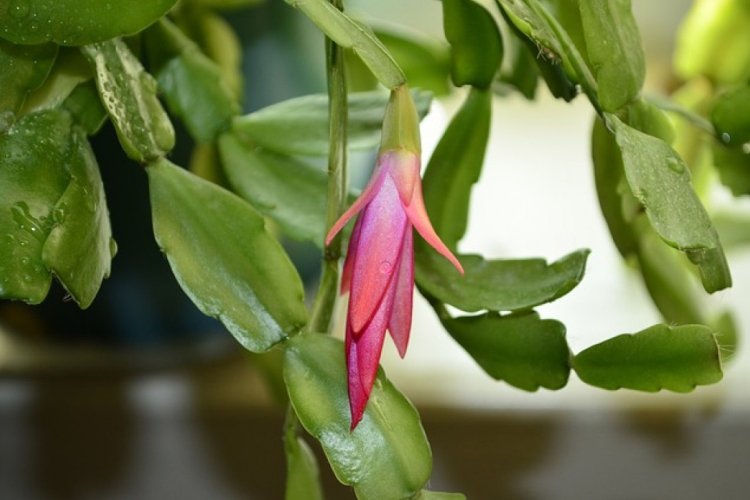
Watering
Between waterings, the earthen lump should dry out partially. Remember that the Decembrist is a cactus, so it is better to underfill than overflow. Excess water is the most common cause of plant death. And always drain the remaining liquid from the sump.
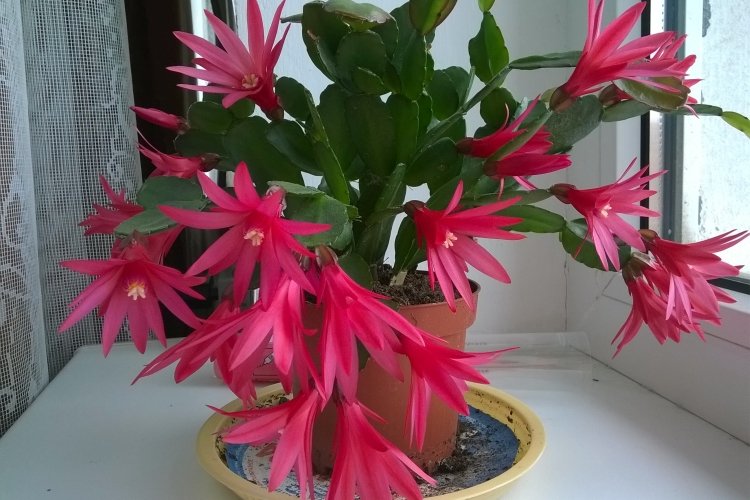
The soil
Unlike many other cacti, the abundantly flowering Decembrist prefers nutritious soil. A loose mixture based on leafy earth and humus works well. Be sure to add sand, perlite or stone chips. Crushed coal and bone meal will not be superfluous.
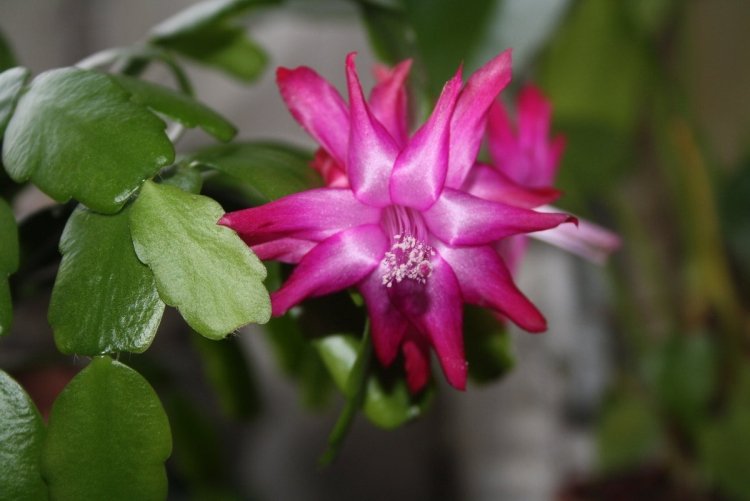
Fertilizers and feeding
Once a month, the Decembrist can be fed with complex mixtures for cacti or succulents. But use small concentrations, half the recommended concentration. It is convenient to take liquid fertilizers for irrigation, but make sure that they do not fall on the shoots.
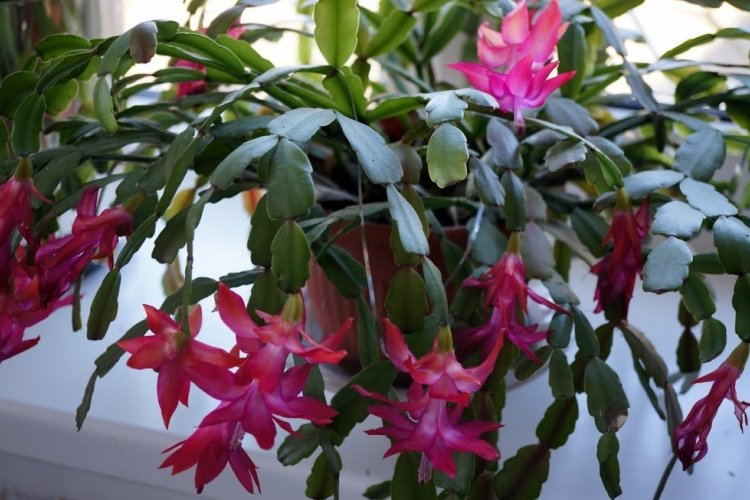
Pruning
In order for the Decembrist bush to grow more lush and voluminous, it must be periodically trimmed. This must be done carefully between the plates, and then each such shoot will give up to 5 branches. Pruning is carried out after flowering.
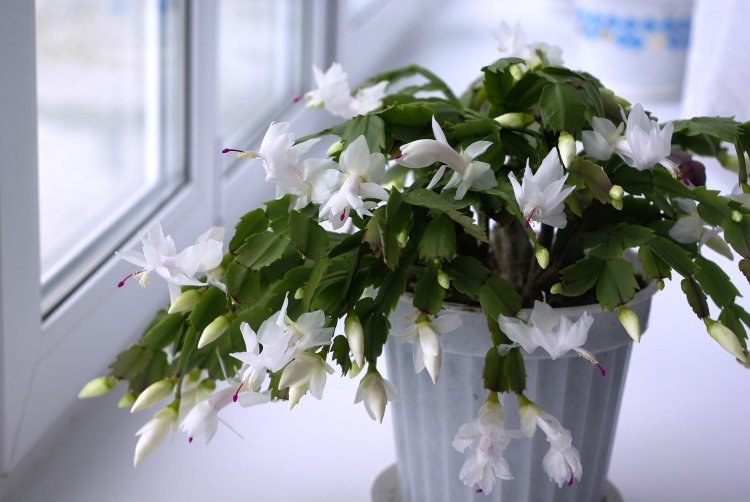
Transfer
The Decembrist is transplanted once a year in summer or autumn, along the way, partially pruning the shoots. Do not take too large a flowerpot, because instead of flowering, the plant will begin to grow roots and shoots. The pots fit low and wide.
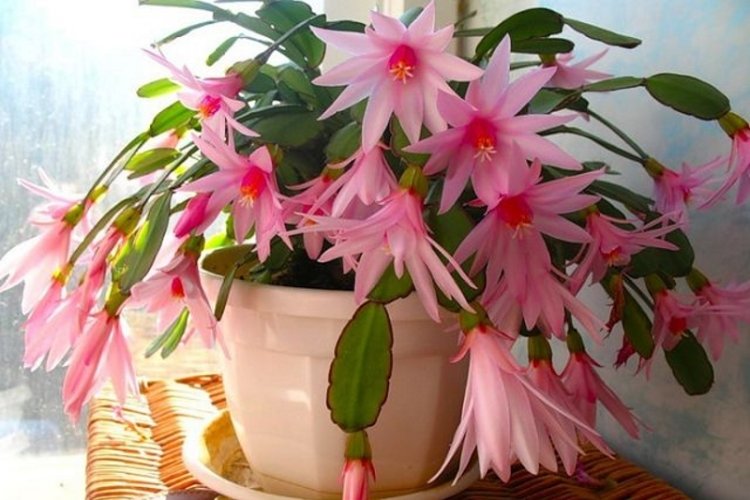
Date palm (50 photos): types, care and cultivation at home
Reproduction and planting of the Decembrist
In everyday life, the Decembrist is propagated by cuttings from two segments each. First, you need to dry them for 2 days, and then gently stick them into loose soil for rooting. At 20-25 degrees, the roots appear in about a month. As the cuttings grow, seedlings in permanent flowerpots.
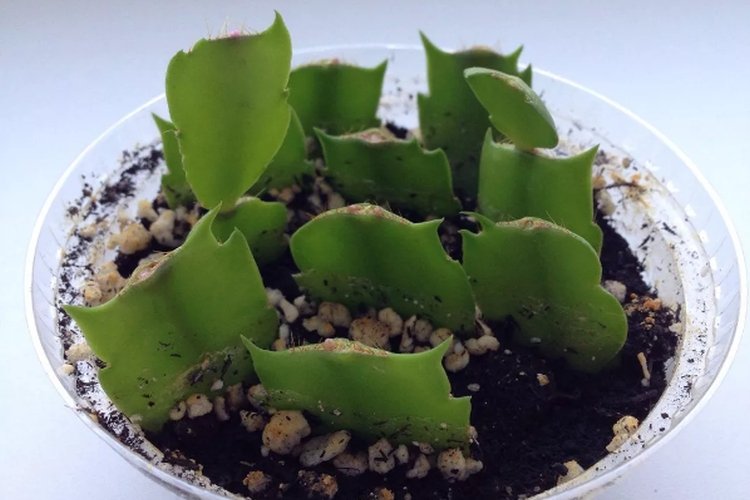
Pest and disease control
Most often, the Decembrist suffers from a fungus – pitya or phytophthora, which affect the root collar. Shoots begin to die off and fall off. The most common causes are contaminated soil or over-watering. In this case, immediate treatment with fungicides is needed.
There are other types of fungus, but the principle of treatment remains the same. It is necessary to carefully remove the affected segments and spray the plant with medicinal preparations. But keep in mind that with a severe defeat, this may no longer help, so check the flowerpots regularly.
Decembrists love spider mites, scale insects and mealybugs. First, you need to gently wipe the shoot segments with soapy water, and then treat with insecticides. If there are few pests, a strong onion or garlic infusion will do.
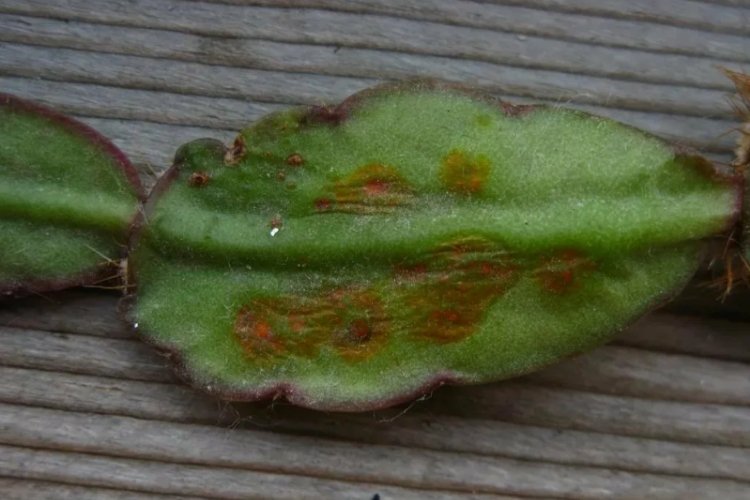
Hatiora (50 photos): types, care and cultivation at home
Decembrist – photo
The Decembrist was loved for its lush flowering, which is almost impossible to spoil. This plant is suitable even for beginners and will delightfully decorate any interior!
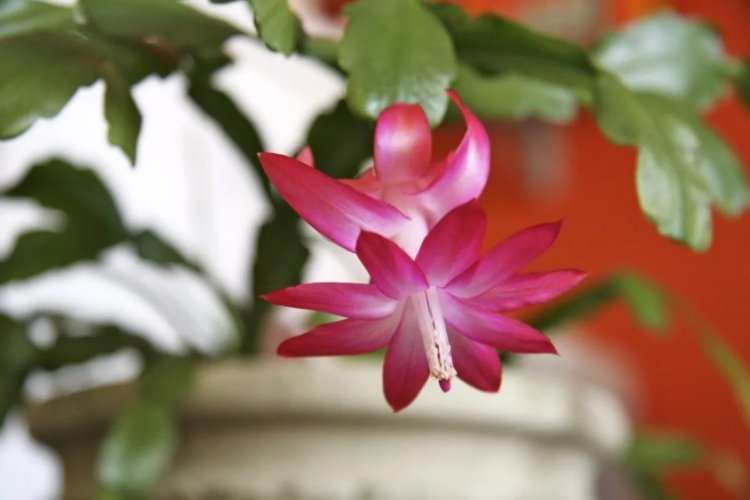
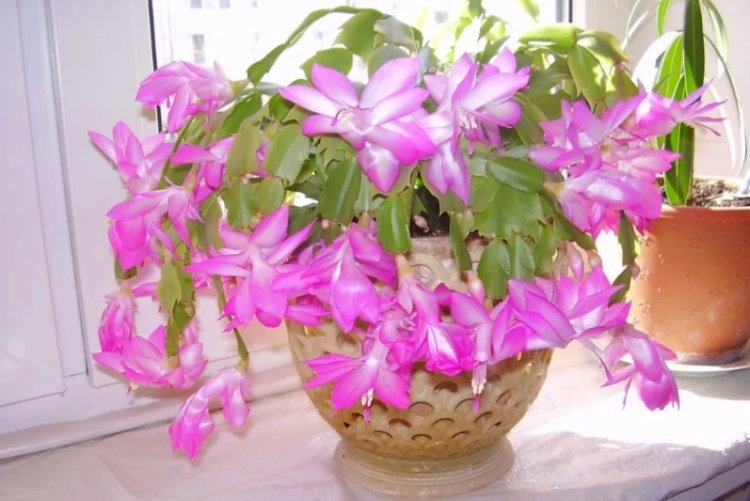
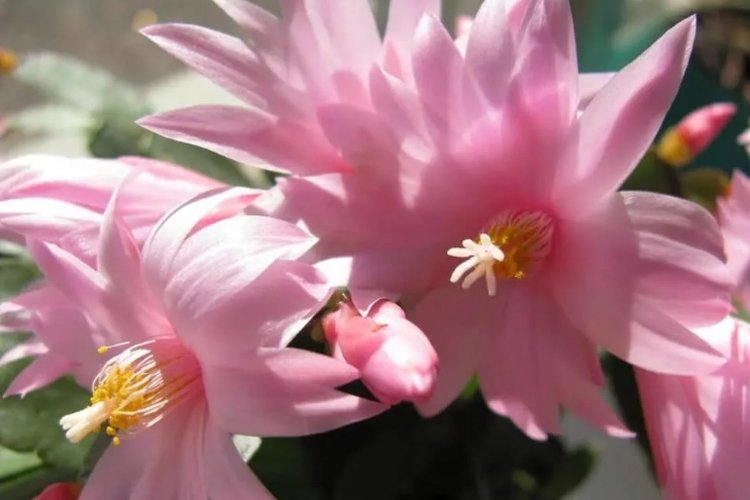
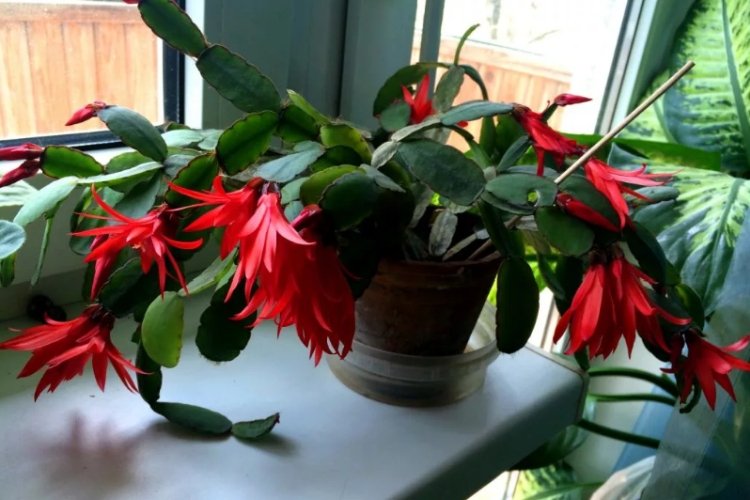
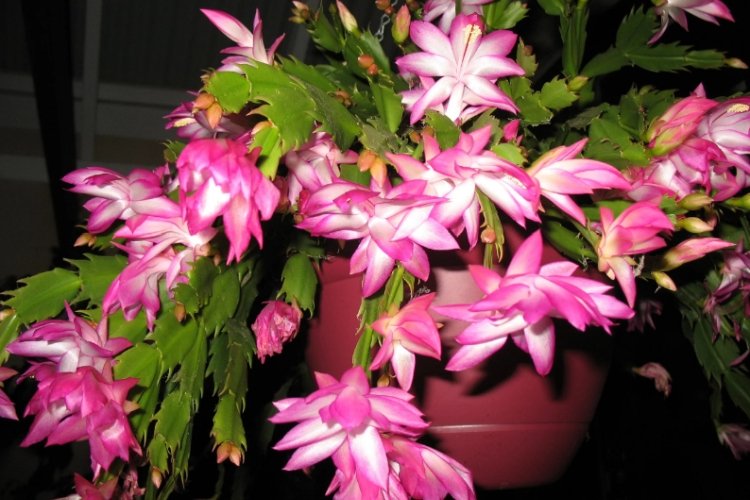
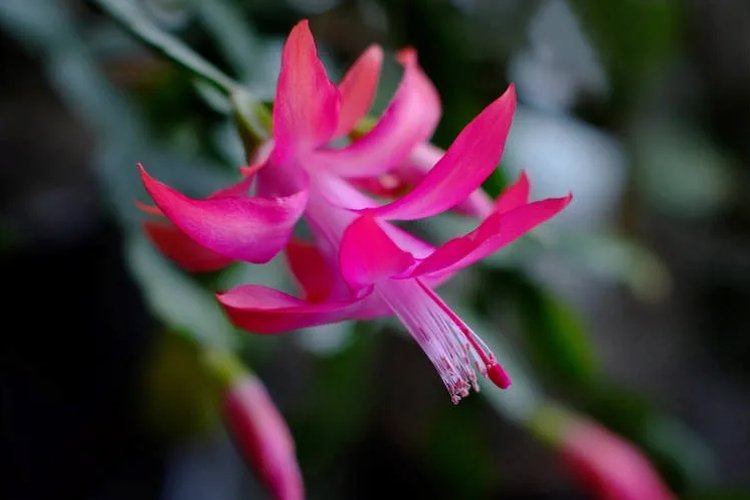
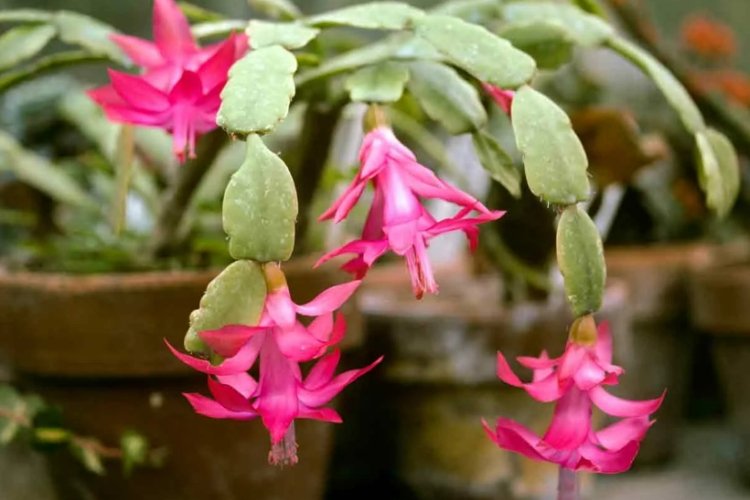
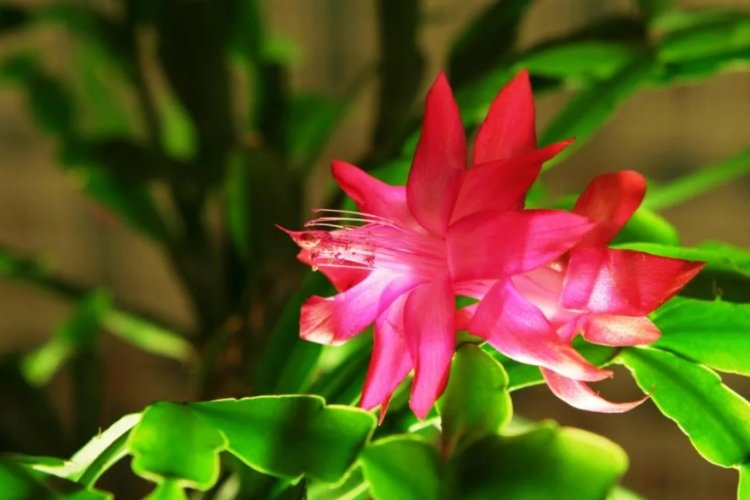

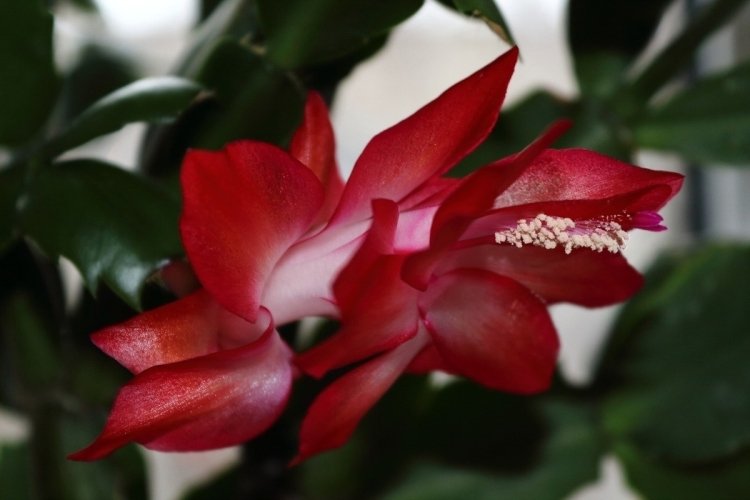
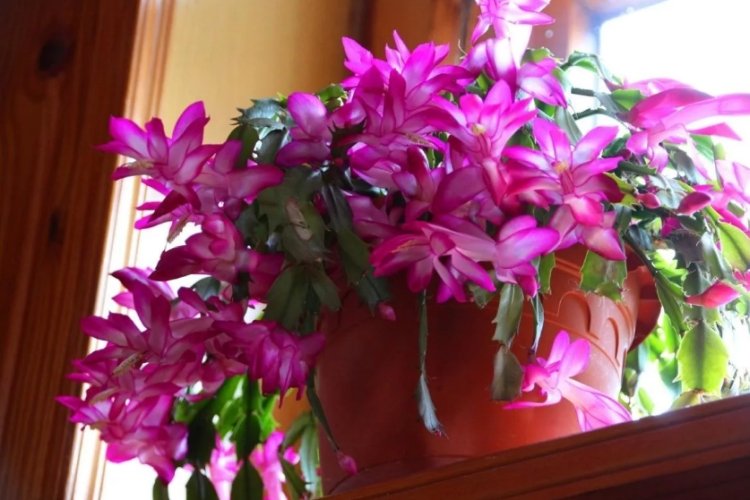
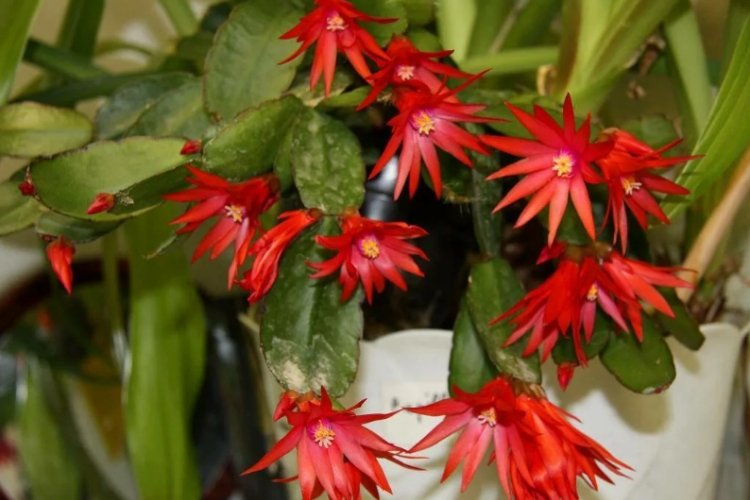
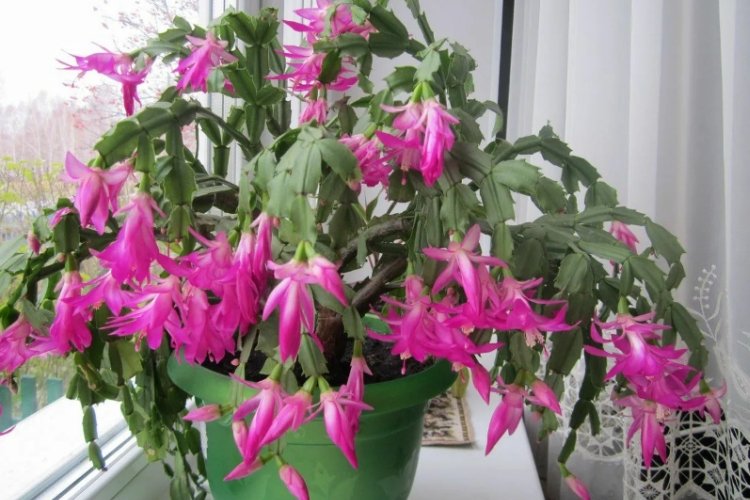
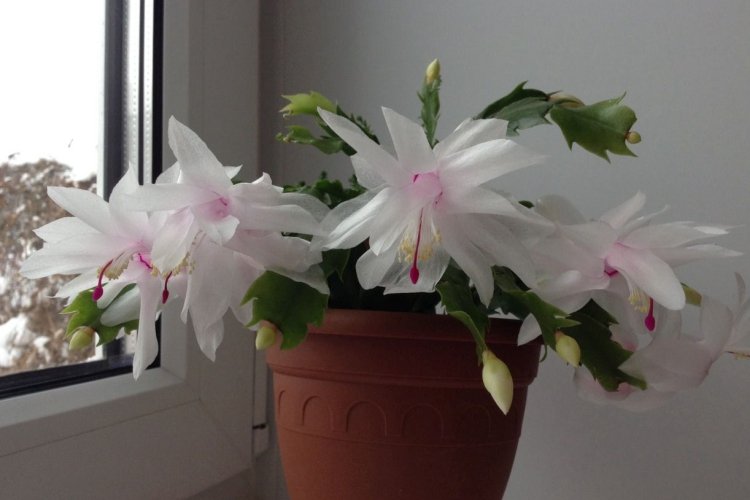
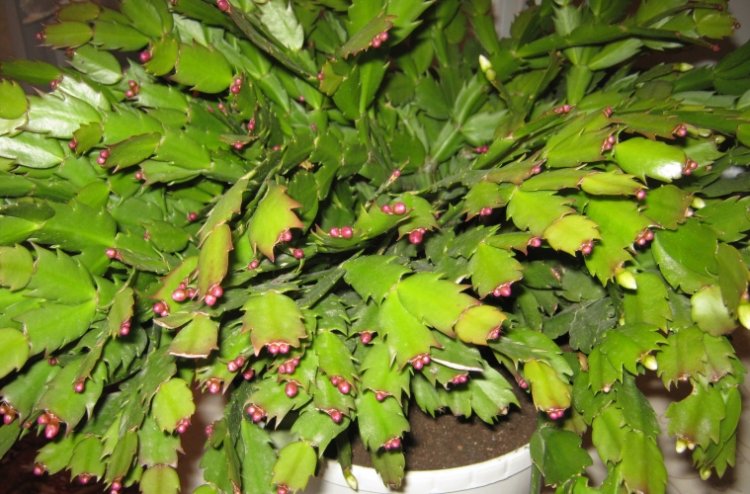
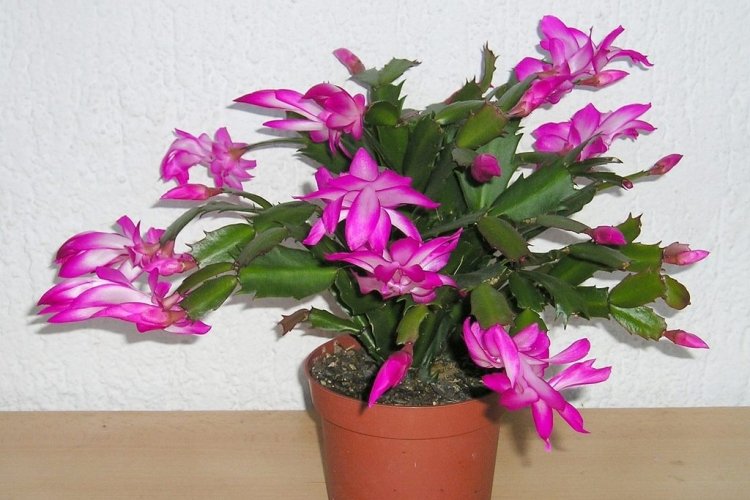
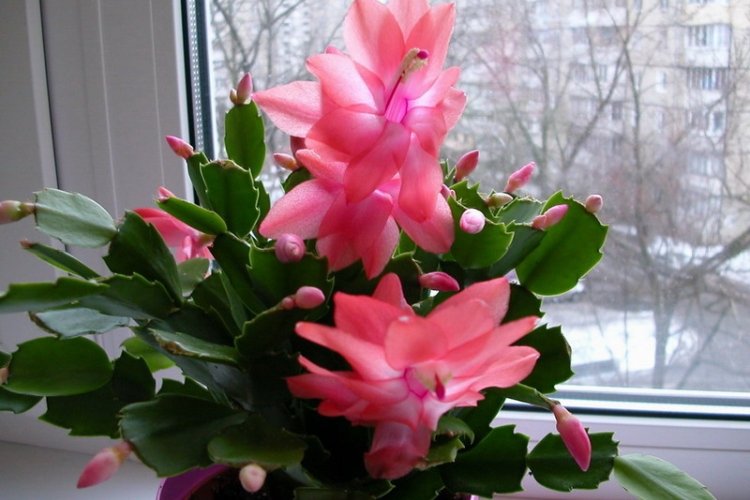
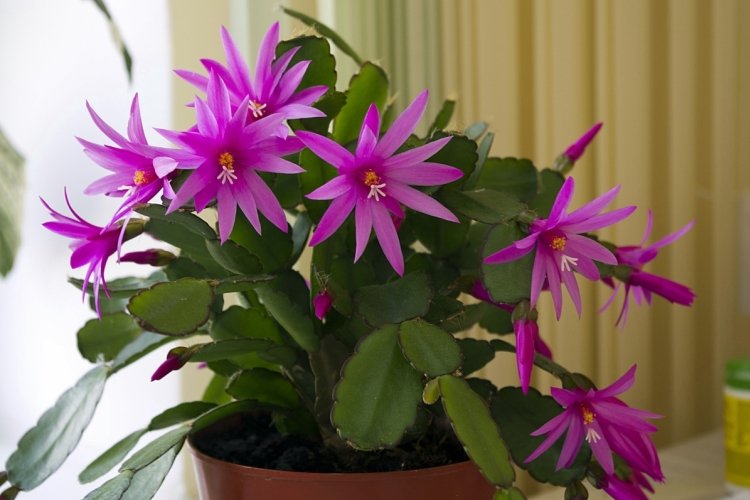
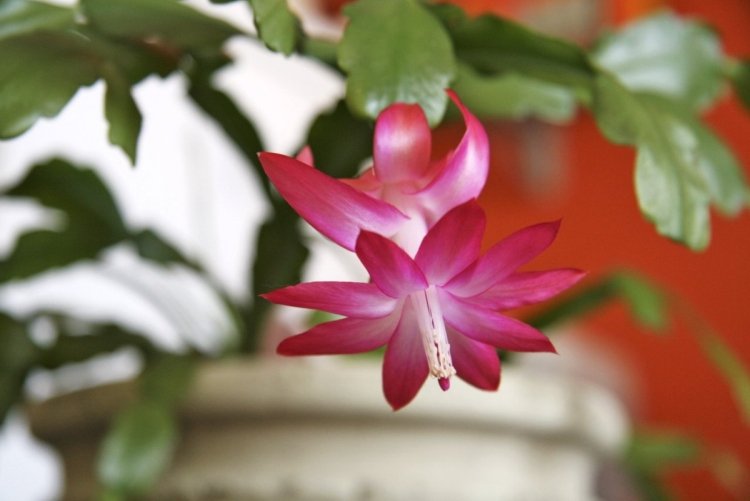
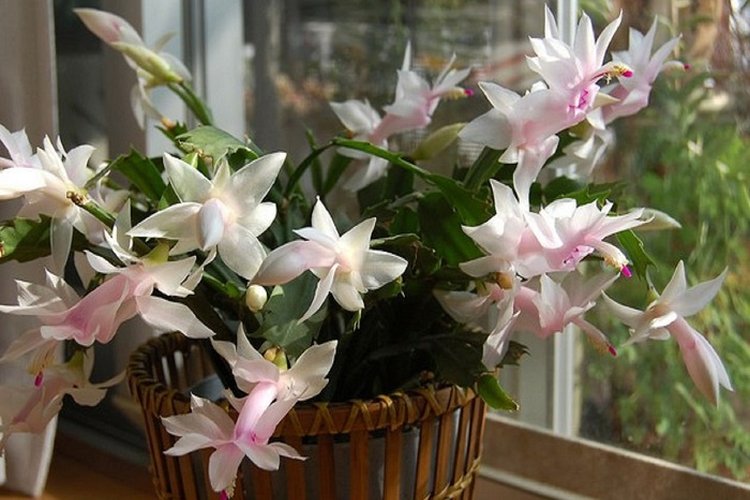
Did you like the publication? Subscribe to our channel in Yandex.Zen, it helps us a lot in development!



